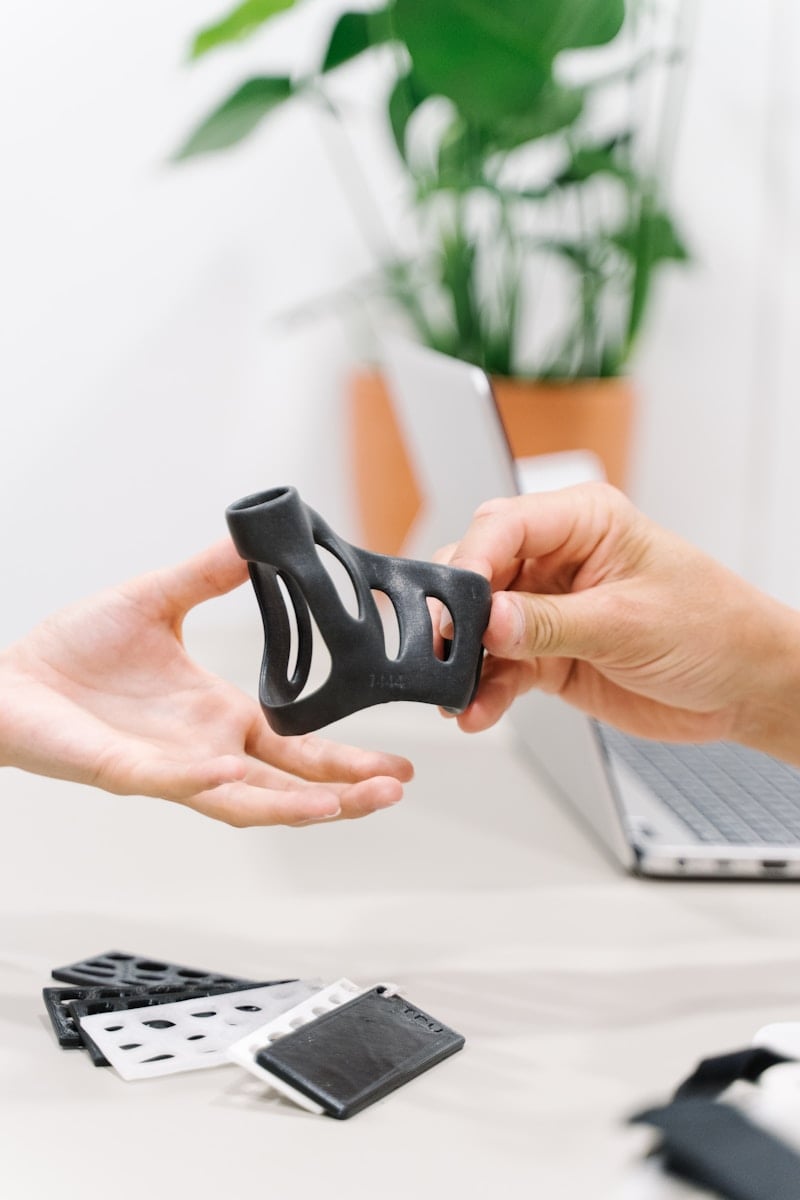Resources
Professional 3D Printers and Their Impact on Manufacturing

In recent years, professional 3D printers have emerged as a transformative force in the manufacturing industry, reshaping traditional processes and empowering local industries to innovate like never before.
This groundbreaking technology is no longer confined to prototyping; it has evolved into a cornerstone of full-scale production across sectors such as aerospace, healthcare, automotive, and consumer goods. As businesses embrace 3D printing, they are unlocking new levels of efficiency, creativity, and sustainability.
Revolutionizing Manufacturing Processes
The shift from using 3D printers solely for prototyping to incorporating them into end-to-end production is one of the most significant advancements in modern manufacturing. Industries that once relied heavily on time-consuming and costly traditional methods are now turning to additive manufacturing to streamline operations.
For example, aerospace companies leverage professional 3D printers for production to create lightweight yet durable components, reducing fuel consumption and enhancing performance. In healthcare, custom medical implants tailored to individual patients are being produced with precision, improving outcomes and quality of life.
This versatility extends to the automotive sector, where manufacturers use 3D printing to produce complex parts on demand, cutting down lead times and minimizing inventory costs. Meanwhile, consumer goods brands are capitalizing on the ability to offer personalized products, from custom-designed jewelry to bespoke footwear, meeting the growing demand for unique and meaningful experiences.
Key Benefits Driving Adoption
Professional 3D printers bring a host of advantages that make them indispensable in today’s competitive landscape:
Customization: Businesses can create highly personalized products without the constraints of traditional manufacturing techniques.
Faster Production: Rapid prototyping and on-demand production enable quicker responses to market demands, reducing time-to-market significantly.
Reduced Waste: Additive manufacturing minimizes material usage, making it an environmentally friendly alternative to subtractive methods.
Complex Designs: The ability to produce intricate geometries that were previously impossible or prohibitively expensive opens up endless possibilities for innovation.
Real-world applications further illustrate the transformative potential of 3D printing. For instance, hospitals are now able to print patient-specific surgical tools and models for pre-surgical planning, while automotive repair shops can fabricate rare spare parts on-site, eliminating long wait times for replacements.
Decentralized Manufacturing and Regional Innovation
One of the most profound impacts of professional 3D printers is their role in decentralizing manufacturing. By enabling localized production, these machines reduce reliance on global supply chains, which have proven vulnerable to disruptions caused by geopolitical tensions, pandemics, and natural disasters.
Small towns and regions can now establish themselves as hubs of innovation, producing goods closer to consumers and fostering economic growth at the community level.
This shift not only strengthens local economies but also promotes sustainability by reducing transportation emissions. Moreover, businesses benefit from greater flexibility, as they can adapt quickly to changing customer preferences and market conditions without the burden of maintaining large inventories.
Challenges and Future Potential
While the benefits of 3D printing are undeniable, challenges remain. High initial costs for equipment and materials, along with the need for skilled operators, can be barriers to entry for some businesses.
However, ongoing advancements in technology are steadily addressing these issues. Innovations in materials science are expanding the range of printable substances, from biocompatible polymers to high-strength metal alloys.
Additionally, the integration of artificial intelligence (AI) into 3D printing workflows optimizes design processes, improves accuracy, and reduces operational costs.
Looking ahead, the future of 3D printing holds immense promise. As the technology continues to mature, it will pave the way for even more sophisticated applications, including bioprinting organs for regenerative medicine and constructing entire buildings using large-format printers.
A Catalyst for a New Era in Manufacturing
Professional 3D printers are more than just tools — they are catalysts for a new era in manufacturing. By enabling customization, accelerating production timelines, and fostering regional innovation, they empower businesses and communities to thrive in an increasingly dynamic world. From creating life-changing medical devices to reimagining how everyday products are made, 3D printing is proving to be a game-changer.
For businesses seeking to stay ahead of the curve, embracing this technology is no longer optional — it’s essential. The opportunities are vast, and the potential to drive meaningful change is unparalleled. As we look to the future, one thing is clear: professional 3D printers are not just transforming manufacturing — they are shaping the world around us.
Explore the possibilities today and position yourself at the forefront of this industrial revolution. With 3D printing, the power to innovate lies in your hands.

-

 Resources4 years ago
Resources4 years agoWhy Companies Must Adopt Digital Documents
-

 Resources3 years ago
Resources3 years agoA Guide to Pickleball: The Latest, Greatest Sport You Might Not Know, But Should!
-

 Resources3 months ago
Resources3 months agoTOP 154 Niche Sites to Submit a Guest Post for Free in 2025
-

 Resources3 months ago
Resources3 months ago50 Best AI Free Tools in 2025 (Tried & Tested)